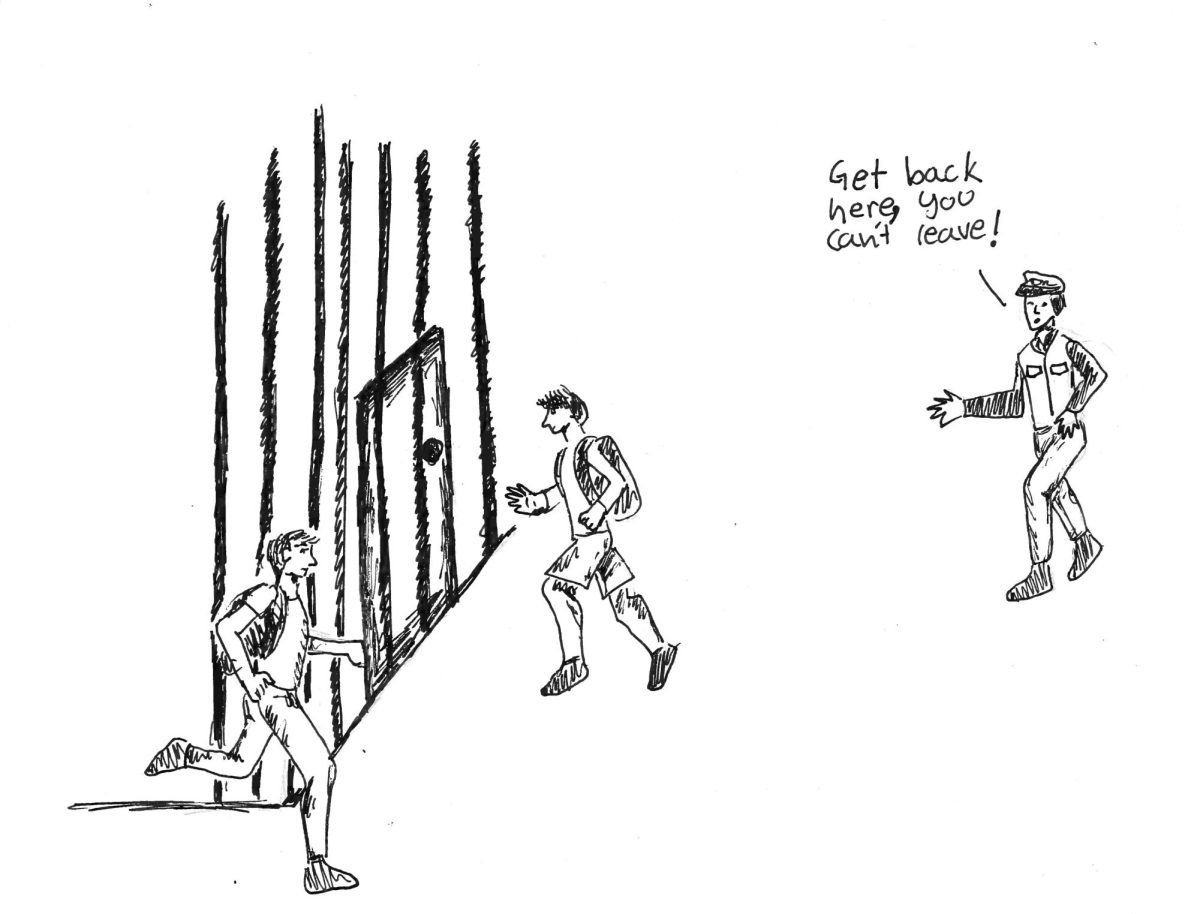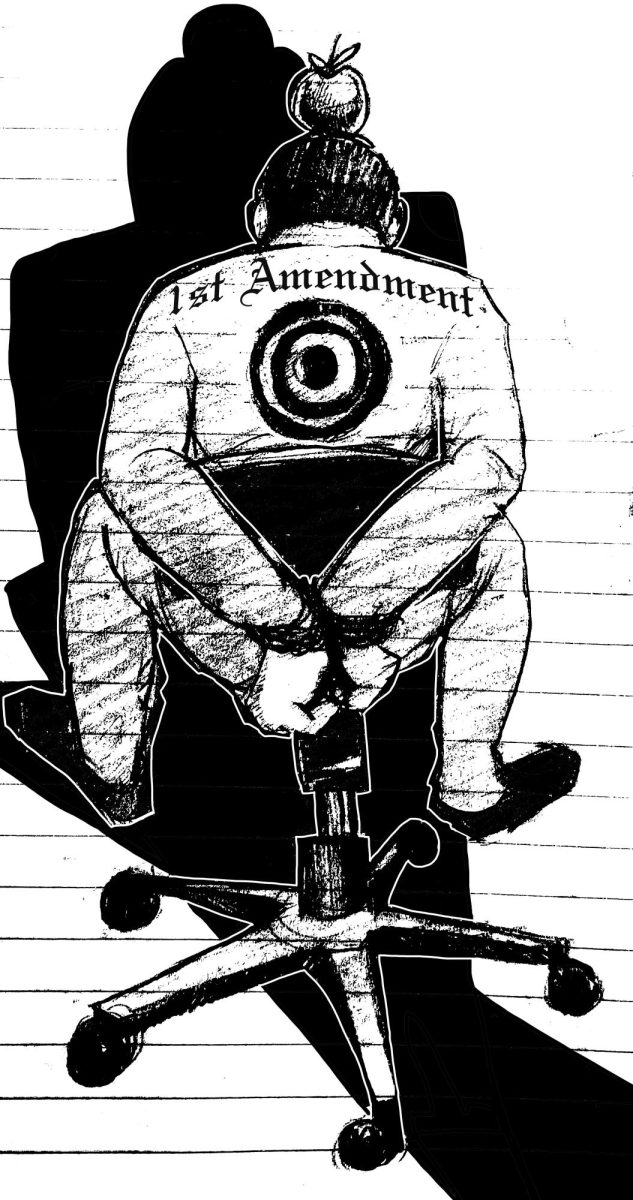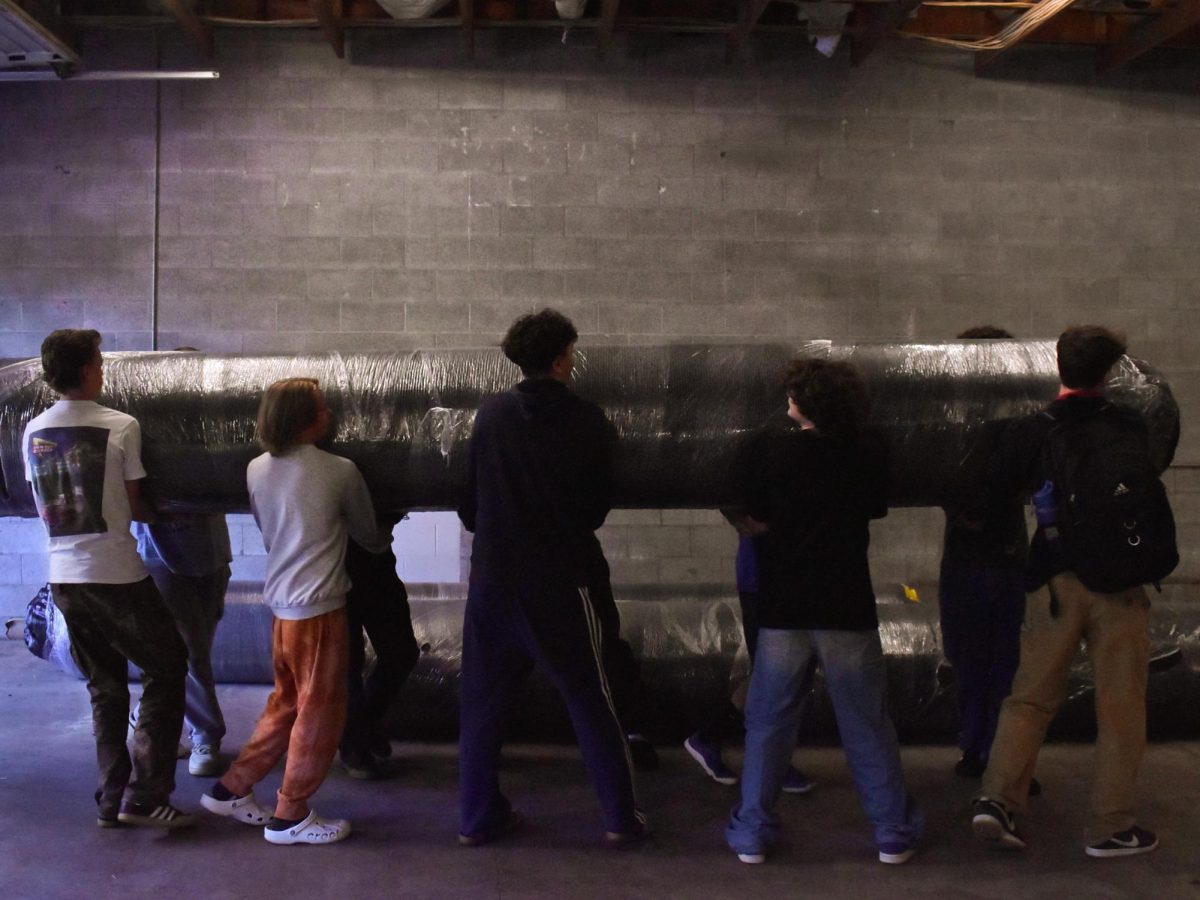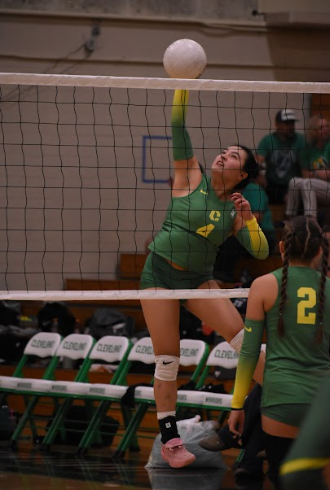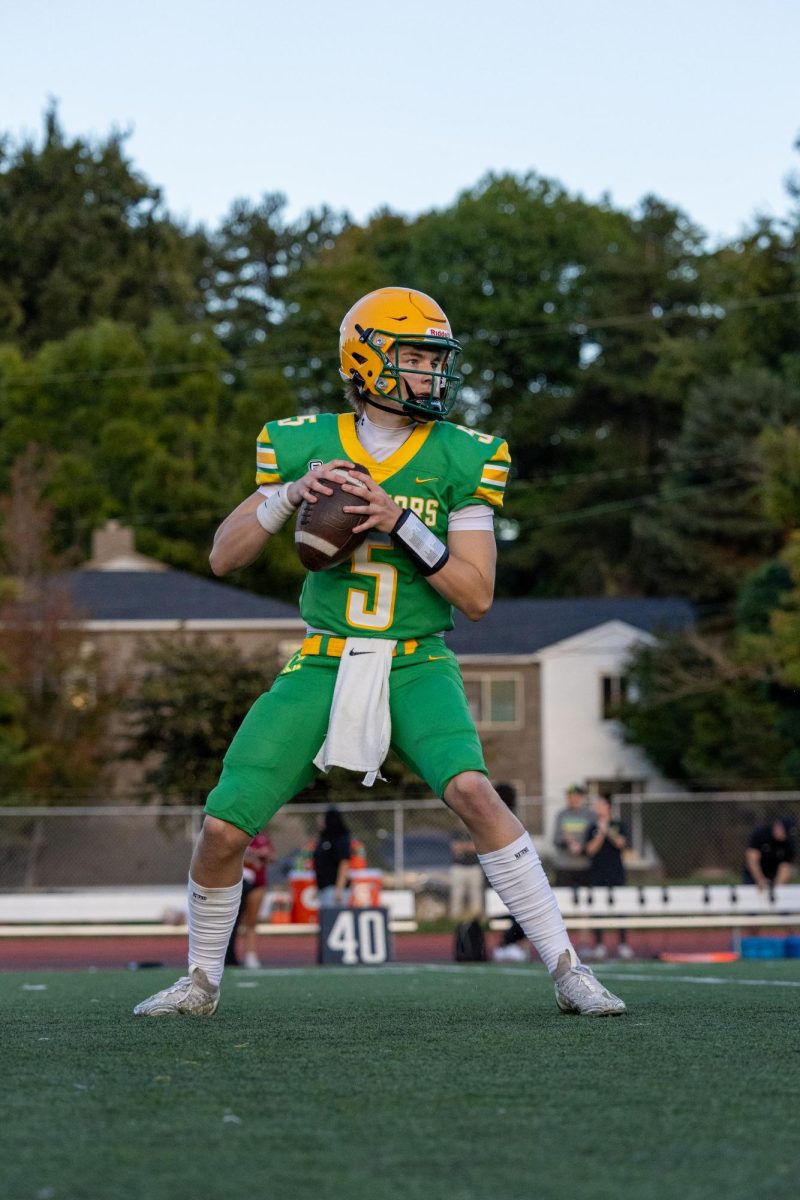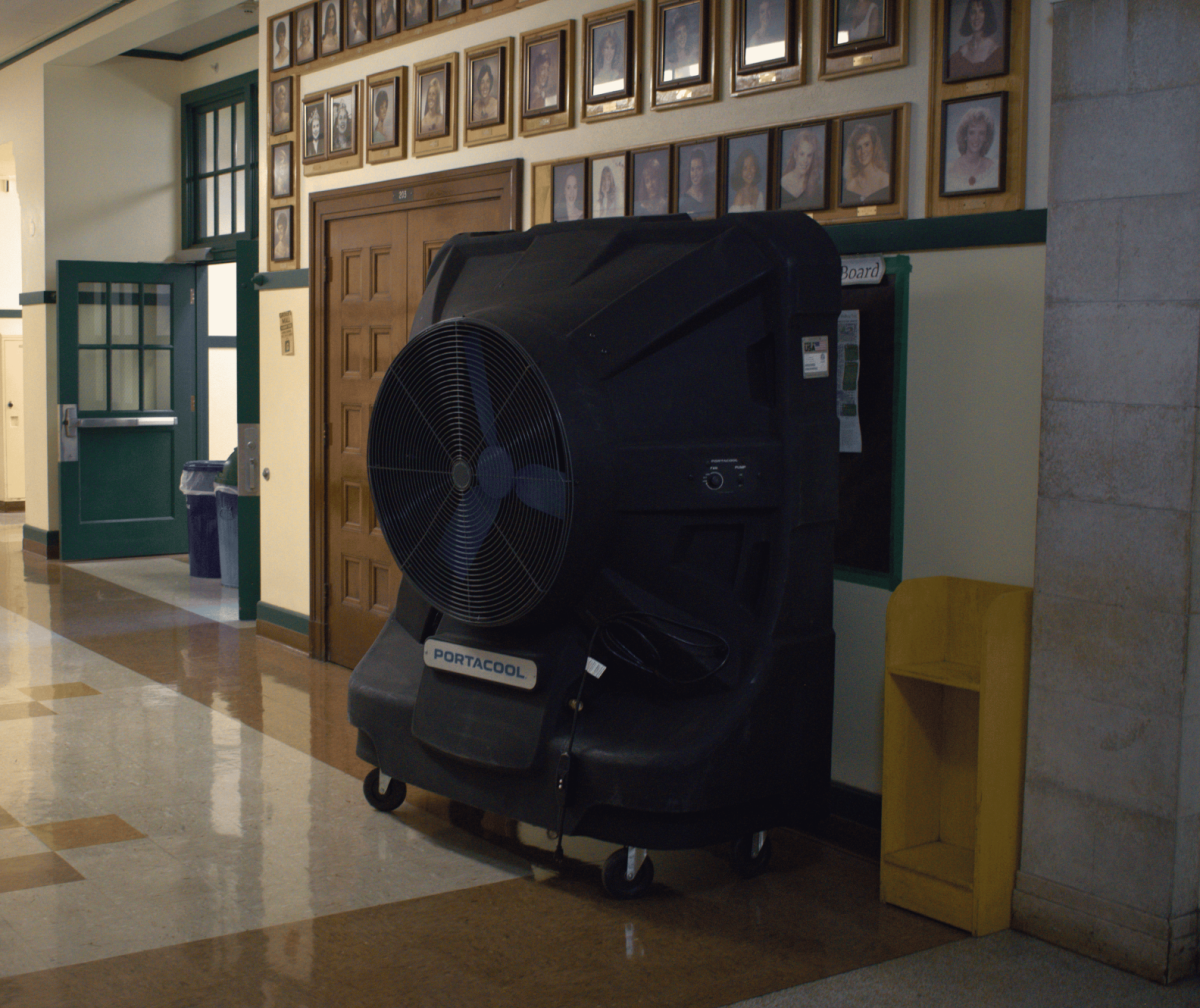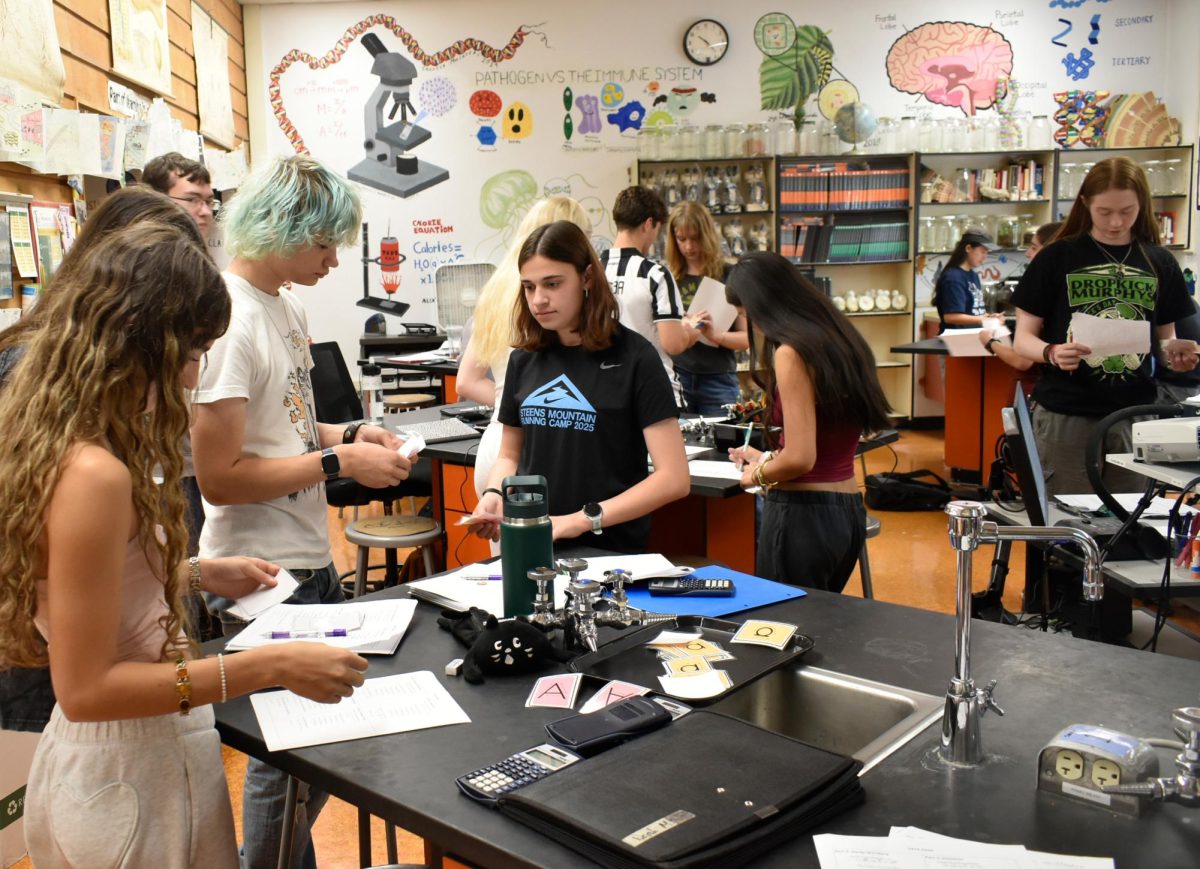Band raises money during midnight Play-a-thon
Clarion photo Ashley Lytle
Gary Riler leads determined students in extensive band practice
November 17, 2015
For years, the American public education system has neglected fine arts programs at its schools, choosing instead to raise funding that goes into sports. And for what? State government has numerous times discussed that arts programs take away focus from core classes. However, a 2006 study by the UCLA challenged that idea, but is consistently overlooked.
Using a national database of 25,000 middle and high school students, researchers reported that children with high involvement in the arts performed better on standardized tests than those with little involvement. Yet large sums of money continue to be funneled into sports programs, and the arts continue to suffer.
At Cleveland, all programs have learned to bridge the spending gap by fundraising for everything from uniforms and competition fees. This could not be truer for new band director Gary Riler, who is ramping up the band department expenses with new uniforms and increased band competitions and performances, including marching in the Starlight Parade as a way to honor Cleveland’s 100th year celebration.
To help cover the costs of new tuxes for the boys, dresses for the girls, transportation and registration fees, Riler decided to combat the funding problem by hosting an eight-and-a-half hour “lock-in” concert and practice session on Tuesday, Nov. 10. From 3:30 p.m. to midnight, the students played and sight-read music with break intervals. Parent supporters kept band members fed throughout the night.
Riler set up an account at GoFundMe, which went live on Oct. 27. By 6 p.m. of the lock-in, the fund was well over the initial target of $8,000 and the goal was raised to $10,000. By midnight, that number was nearly beaten as well with $9,952, and went over the amount shortly past midnight.
Both students and faculty alike were all amazed in which the level of support came flowing in. “It was really nice to see the support we could get from the community and parents,” said Riler, who said the district doesn’t provide any funding for sheet music or curriculum.
Operating costs for the band is estimated to be between $15,000 to $20,000 a year. “We needed to do something and find a way to create an assistance program for any kids that can’t afford things, so that was what the first fundraiser was for and we’re just thrilled with the result,” said Riler.
There is an estimated 140 students that will participate in band within the next two years so Riler is hoping to establish a marching band. However, uniforms cost $220 each. Riler already pays about $2,500 a year on fresh sheet music to keep the band program updated and costs for dresses and tuxes come in at $61 and $122.
In the 2009-2010 academic year, the Oregon Arts Commission reported that 20 percent of all public schools in Oregon did not offer standalone regular curriculum arts courses and only 10 percent of all schools had courses in all five subject areas of the arts: visual, music, theater, dance, and media arts. Studies done in 2011 by the Oregon Arts Commission also found that all public schools in Multnomah County had only a 74 percent access rate to art disciplines.
So why is it such a big deal that students have to pay for costs themselves? I would go as far as to say that even within the Portland metropolitan area there must be quite a few students who have dropped out or whose grades have suffered severely because they simply don’t have access to the arts. Time and time again coming-of-age movies have portrayed the importance of sports access in lower income high schools. In true stories such as “Mcfarland, USA” and “Coach Carter,” the team’s coaches urged their players to study for the SATs and to apply to college. However, there are next to no movies on the importance of fine arts and keeping students in school. It is a classic portrayal of the stigmatized “art geeks” and “nobodies” versus the “jocks” and “somebodies,” the ringleaders of high school.
It is unclear which problem feeds into the other, is it the media claiming the arts will get students nowhere in life? Or, is it the senators and governors spewing about its lack of importance in public education that’s blindsiding us? Some students simply can’t afford to pay for programs that require such expensive fundings. And you can’t blame the fine arts department either. There’s a lack of money to all arts programs and for classes that are taught during school hours, and where actual grades and credits are given, it’s a real injustice to isolate some students from participating. Band is not an extracurricular in the sense that track and field and football are. These are classes with educated professionals teaching and inspiring young minds, educators who are trained to teach and yet lack the money necessary to do so. It is not a parent or a student’s responsibility to pay for such costs. It should be the state’s education budget funds that ensure that arts classes are accessible and to all students of any economic or social background. Like flutist Elizabeth Wirsching says: “The arts are for everybody.”








